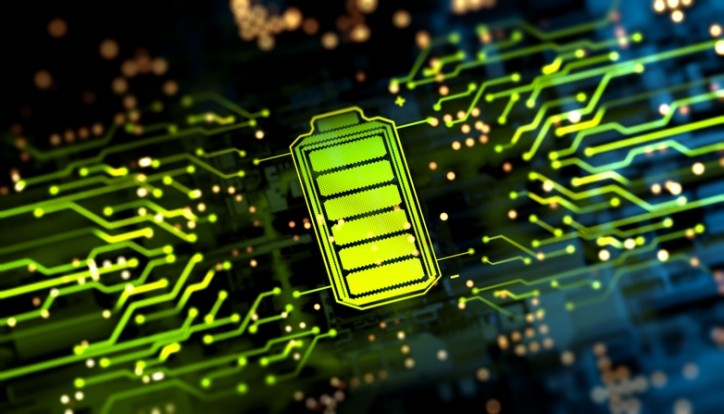Wine and coffee byproducts could power next generation batteries

Upcycling is increasingly being used across the beverage industry. And innovation is pushing the potential of upcycling into new areas.
Demand for batteries is increasing as countries seek to move away from fossil fuels and towards renewable energy infrastructure instead. There's also increased demand for batteries for electric vehicles, while smartphones and other devices remain a staple for many.
But a catch with renewable energy is that it is only generated intermittently according to conditions. So a move across to renewable energy is dependent on the ability to store this energy in batteries.
And waste from the wine and coffee industries could hold the key to this.
Winemaking
New tech, developed and patented by UNSW chemists, uses food-based acids found in winemaking to create batteries.
Lithium-ion batteries usually use graphite to make up the anode, the negative electrode in batteries. But compounds derived from food acids such as tartaric acid (which occurs naturally in fruits) and malic acid (from fruit and wine extracts) could replace graphite.
Such food acids contain all the necessary functional groups and chemical characteristics, and are freely available. Furthermore, they bring with them several advantages. That could be batteries that charge or discharge faster than normal, or store more power for a longer time.
Another key advantage is that wine byproducts are readily available and can be processed using water rather than solvents. That's in stark contrast to graphite: graphite sources are relatively inaccessible and the material needs to be mined, purified and processed.
“About 60% of the graphite is lost in the processing steps, which typically require high temperatures and very strong acids [needed] to reach the required purity… so it has a massive environmental impact,” said Prof. Neeraj Sharma from UNSW Science.
“By using waste produced at scale [from the food industry] for battery components, the industry can diversify its inputs while addressing both environmental and sustainability concerns."
The scientists have already proved their hypothesis in a coin-sized prototype to receive a patent on the technology, but will now target a pouch-cell battery the size of a mobile phone.
Australia currently has three gigawatts of energy storage capacity, including batteries, but will need at least 22 gigawatts by 2030, according to estimates from the Australian Energy Market Operator.
The next step is scaling up prototypes, but the scientists are already in talks with venture capitalists about investing in the tech.
Coffee grounds
Some 8 million tonnes of waste coffee grounds enter landfill every year. But this biomass waste stream could also be redirected to help fabricate advanced electrodes for next generation batteries.
Future batteries using lithium sulfur (Li-S) chemistry promise to deliver around ten times the capacity of the current lithium-ion technology.
But a critical issue which prevents their adoption is poor stability of the sulfur-containing chemicals at the battery’s electrodes; these tend to migrate away, leading to a loss of battery capacity over multiple charge and discharge cycles.
However, creating a porous architecture within the electrodes could help physically trip chemicals, preventing the loss of performance.
Researchers from the Sustainable Materials Research and Technology centre (Smart@UNSW) and School of Chemistry at the University of NSW in collaboration with CSIRO Clayton, have identified that carbon from coffee waste can create the necessary porous carbon framework.
In their tests, ex-situ battery performance measurements demonstrated 98% efficiency even after 100 charge/discharge cycles.
Waste coffee, therefore, could be a cheap and abundant source of carbon for lithium batteries; and like wine compounds, would not require specialized treatment to be transformed.
Another study, published last month in the journal Carbon Resources Conversion, found coffee holds potential in sodium-ion batteries (Sodium-ion batteries are considered as one of the main complementary energy storage devices to Li-ion batteries when it comes to renewable energy storage).
The international team of researchers - coming from South Korea and Kazakhstan - found a successful way to to use coffee grounds to create batteries with 'promising electrochemical performance' in sodium-ion batteries.










